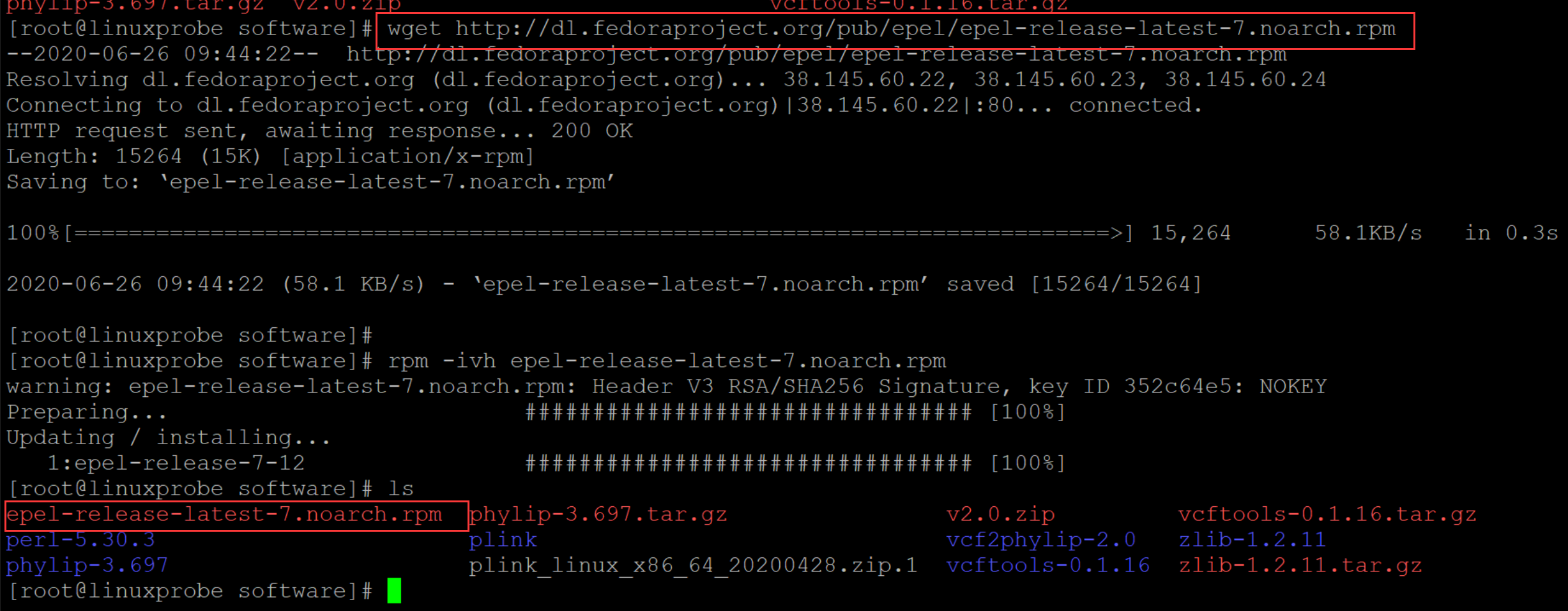

Ip6tables -I INPUT -p tcp -destination-port 80 -j ACCEPT = RHEL 5/6 | CentOS 5/6 | Oracle Linux 5/6 = iptables -I INPUT -p tcp -destination-port 80 -j ACCEPT You need to allow port 80 inbound traffic on the local firewall so you can reach the Nagios Core web interface. Also configure Apache settings if required. This installs the Apache web server configuration files. These are required as Nagios needs some configuration files to allow it to start. This installs the *SAMPLE* configuration files. This installs and configures the external command file. Information on starting and stopping services will be explained further on. = RHEL 7/8 | CentOS 7/8 | Oracle Linux 7/8 | CentoOS Stream 8= make install-daemoninit = RHEL 5/6 | CentOS 5/6 | Oracle Linux 5/6 = make install-daemoninit The Apache httpd service is also configured at this point. This installs the service or daemon files and also configures them to start on boot. This step installs the binary files, CGIs, and HTML files. The apache user is also added to the nagios group. = RHEL 8 | CentOS 8 | CentOS Stream 8= dnf install -y gcc glibc glibc-common perl httpd php wget gd gd-devel = RHEL 5/6/7 | CentOS 5/6/7 | Oracle Linux 5/6/7 = yum install -y gcc glibc glibc-common wget unzip httpd php gd gd-devel perl postfix Perform these steps to install the pre-requisite packages. sed -i 's/SELINUX=.*/SELINUX=disabled/g' /etc/selinux/config This guide is based on SELinux being disabled or in permissive mode. RHEL | CentOS | Oracle Linux Security-Enhanced Linux For example the SNMP packages are installed as part of the Nagios Plugins section, as SNMP is not required by Nagios Core. This separation is to make a clear distinction as to what prerequisite packages are required by the OS it is being installed on. This documentation is broken up into two distinct sections: If you are using other distributions (Solaris, Gentoo, etc.) you will need to run the appropriate command to install openssl in the prerequisite section. This command has been added in the documentation below for the more popular distributions (CentOS, RHEL, Ubuntu, etc.). NOTE: As of Nagios Core 4.4.7, openssl is a required prerequisite.

Nagios Core 4.4.6 and Nagios Plugins 2.3.3 are the versions used in this guide, however future versions should also work fine with these steps. Some distributions may be missing as we don't have access to a test environment that allows us to develop the documentation. If your OS Distribution is not included in this guide then please contact us to see if we can get it added. This guide is broken up into several sections and covers different operating system (OS) distributions. teamviewer-host*.rpm -enablerepo="cr".This document describes how to install Nagios Core from source. In case some dependencies cannot be satisfied, you can try with yum install. 📌Note: During the transition from 7.3 to 7.4 the cr repository was also required. # download and install (example: TeamViewer Host, 64 bit) teamviewer*.rpmĬentOSOn CentOS 7 and 8, the epel repository is required.Required steps:# preparation: install epel-release With the RHEL Desktop subscription, not all dependencies (namely qt5-qtdeclarative) can be resolved.Additionally, the epel repository needs to be enabled.Required steps:# RHEL 7 preparation Red Hat Enterprise LinuxOn RHEL, TeamViewer can currently only be installed with a Workstation or Server subscription. Download the public key file here and import the key by using the following command as an administrator:rpm -import TeamViewer_Linux_PubKey.asc You can either ignore/override this or install our public key first. Please see below for more information.All RPM systems (including Fedora)An alert may appear when installing a TeamViewer on a RPM system for the first time via command line, asking about a missing key to verify the signature of the package. GeneralThis article applies to all TeamViewer users.To install TeamViewer on CentOS 8 and Red Hat Enterprise Linux 8, a few things have to be considered. Install TeamViewer on Red Hat and CentOS - TeamViewer Support


 0 kommentar(er)
0 kommentar(er)
